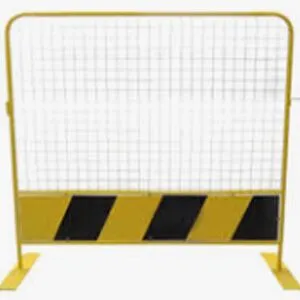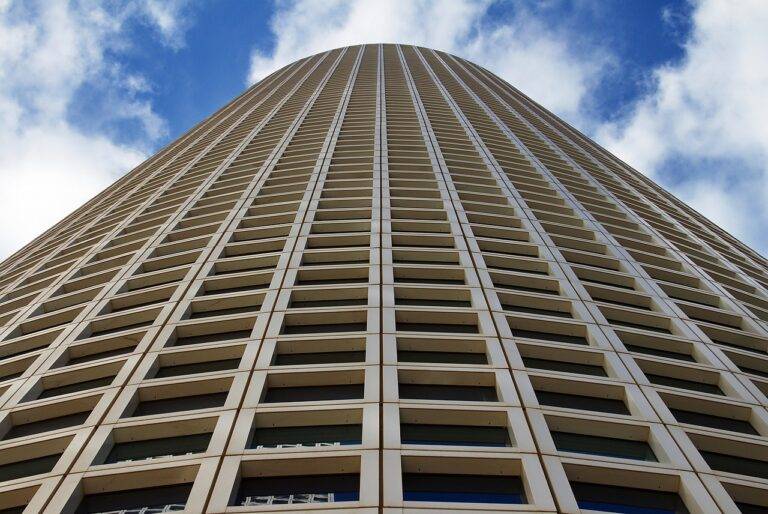Safety Metal Fencing: Comprehensive Guide for Enhanced Security
In today’s world, security is paramount. Whether you are looking to protect your residential property, commercial space, or industrial site, Safety Metal Fencing stands out as an essential solution. Offering a robust barrier against unauthorized entry and potential threats, metal fencing combines durability with aesthetic appeal. In this guide, we delve into the intricacies of safety metal fencing, exploring its types, benefits, installation procedures, and maintenance tips to ensure optimal security.
Types of Safety Metal Fencing
1. Chain Link Fencing
Chain link fencing is one of the most popular choices for both residential and commercial properties. Made from interwoven steel wires, it forms a diamond pattern that is not only strong but also see-through, allowing for visibility while providing a secure barrier.
- Advantages:
- Cost-effective
- Easy to install and repair
- Durable and weather-resistant
- Applications: Ideal for sports fields, playgrounds, and perimeter fencing for commercial properties.
2. Wrought Iron Fencing
Wrought iron fencing is known for its elegance and strength. It features intricate designs that can be customized to enhance the aesthetic appeal of your property while providing excellent security.
- Advantages:
- Highly durable and long-lasting
- Customizable designs
- Strong resistance to impact and vandalism
- Applications: Suitable for upscale residential properties, historical buildings, and commercial properties where aesthetic value is crucial.
3. Aluminum Fencing
Aluminum fencing offers a balance between strength and lightweight characteristics. It mimics the appearance of wrought iron but is less expensive and requires minimal maintenance.
- Advantages:
- Corrosion-resistant
- Lightweight yet sturdy
- Low maintenance
- Applications: Ideal for residential properties, gardens, and pool enclosures.
4. Steel Fencing
Steel fencing is the epitome of strength and durability. It is often used in high-security areas due to its ability to withstand significant force and harsh environmental conditions.
- Advantages:
- Extremely strong and secure
- Long-lasting with proper maintenance
- Can be coated for enhanced corrosion resistance
- Applications: Best suited for industrial sites, military bases, and other high-security areas.
Benefits of Safety Metal Fencing
Enhanced Security
The primary benefit of metal fencing is the heightened level of security it provides. Metal fences act as a formidable barrier against intruders, preventing unauthorized access and protecting your property.
Durability and Longevity
Metal fences are renowned for their durability. Unlike wood or vinyl, metal does not easily succumb to the elements, pests, or wear and tear. With proper maintenance, a metal fence can last for decades.
Low Maintenance
One of the significant advantages of metal fencing is its low maintenance requirements. Coated or galvanized metal fences resist rust and corrosion, meaning they require less frequent repairs and upkeep.
Aesthetic Appeal
Metal fences, particularly wrought iron and aluminum, can be designed to complement the architectural style of your property, adding a touch of elegance and sophistication.
Versatility
Metal fencing comes in various styles, heights, and designs, making it a versatile option for different types of properties, from residential to industrial.
Installation of Safety Metal Fencing
Preparation and Planning
Before installing a metal fence, thorough planning and preparation are essential. Start by determining the purpose of the fence, whether it’s for security, privacy, or decorative purposes. Measure the perimeter where the fence will be installed and mark the locations for posts.
Choosing Materials
Select the appropriate materials based on the type of fencing you need. For high-security areas, steel or wrought iron may be the best choices, while aluminum or chain link could be more suitable for residential properties.
Setting the Posts
The first step in the actual installation is setting the posts. This involves digging holes for the posts, ensuring they are deep enough to support the fence’s weight and height. The posts are then set in concrete to provide a stable foundation.
Attaching the Panels
Once the posts are set, the next step is to attach the fence panels. This process varies depending on the type of metal fencing but generally involves securing the panels to the posts using brackets, screws, or welding.
Finishing Touches
After the panels are in place, add any finishing touches, such as gates, decorative elements, or protective coatings. Ensure that all components are securely fastened and check for any gaps or weaknesses in the structure.
Maintenance Tips for Metal Fencing
Regular Inspections
Conduct regular inspections of your metal fence to identify any signs of damage or wear. Look for rust, loose bolts, or damaged sections that may need repair.
Cleaning
Clean your metal fence periodically to remove dirt, debris, and potential contaminants. Use a mild detergent and water for general cleaning, and a vinegar solution for tougher stains.
Rust Prevention
To prevent rust, apply a protective coating or paint to your metal fence. Galvanized metal or powder-coated finishes offer excellent resistance to corrosion. If you notice any rust spots, treat them immediately to prevent further spread.
Repairing Damage
Promptly repair any damage to your fence to maintain its integrity and security. Replace any bent or broken sections, tighten loose bolts, and ensure all components are in good working order.
Conclusion
Safety metal fencing is an indispensable tool for enhancing the security and aesthetic appeal of your property. With various types and styles available, it offers versatility and durability that can meet the demands of any environment. By choosing the right materials, following proper installation procedures, and maintaining your fence diligently, you can ensure long-lasting protection and value for your investment.






